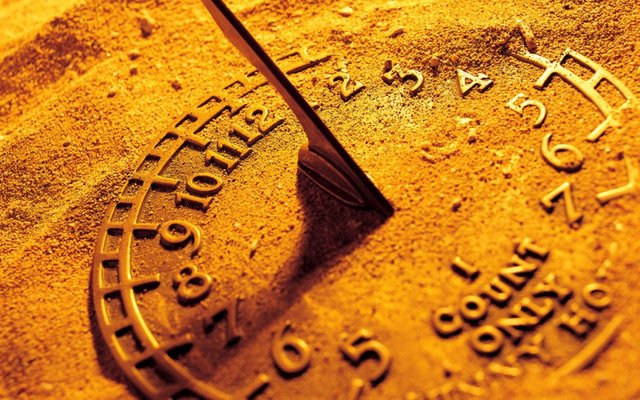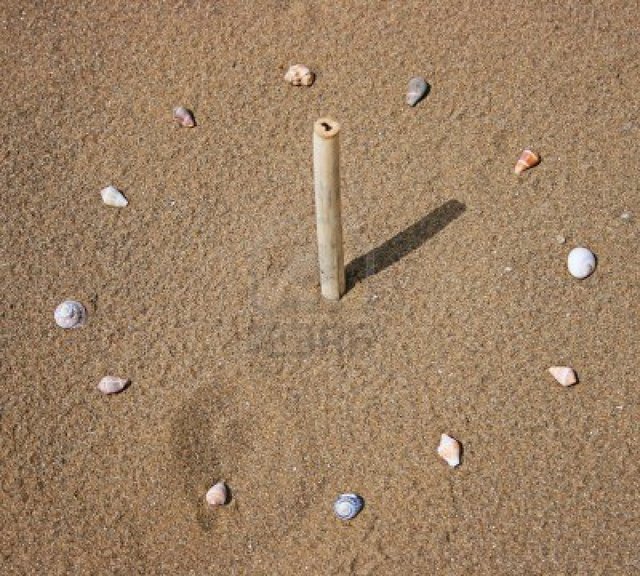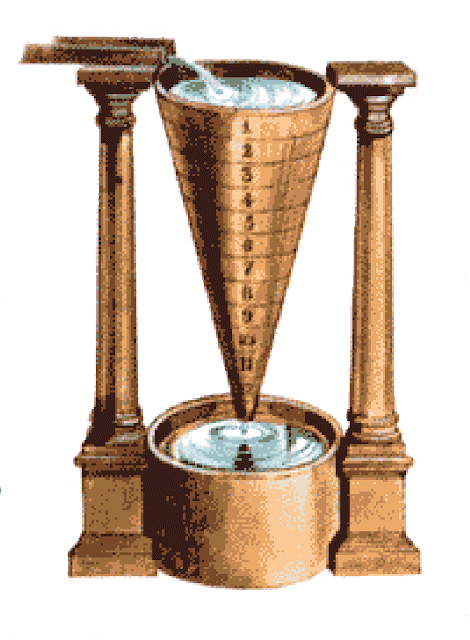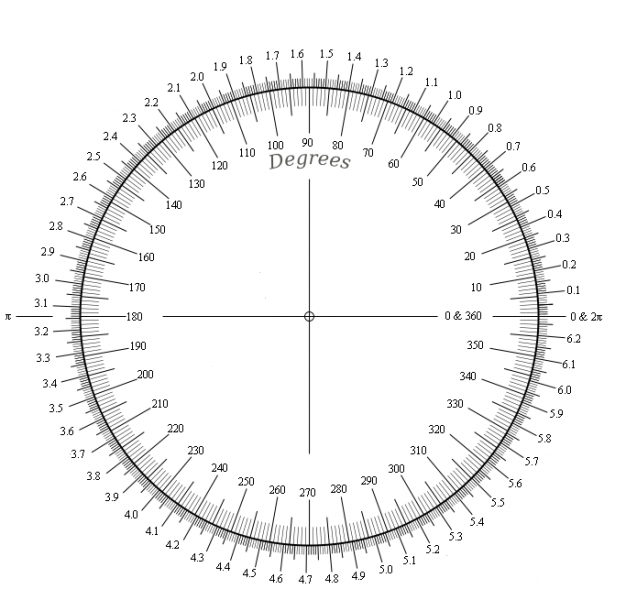TIL - Why Do We Divide Days into Hours, Minutes and Seconds
The need to divide day into smaller fractions have existed from the beginning of time. It helped humans know when it's the time to sleep, hunt, go to work, have a snack or make the final shot in the basketball game.
Despite everyone's agreement on importance of dividing time, consensus on what time really is is never made. Is it a measurable unit or just a made up concept? One side, that includes most current physicists, claims that time is a fourth dimension through which the other three dimensions of space can move. Another view says the time does not exist as a dimension, that it is just a created concept to help us compare different events.
Whichever theory you believe in, concept of time can be used as a tool to compare different moments in ever-changing universe.
Early instruments
Today, the most used metric system is decimal or base ten system. This is to be expected since we all have ten fingers and ten toes, so the math comes more easily. Why haven't we divided days according to decimal system then? Unfortunately for us, looks like our ancestors have been pretty smart and liked to challenge themselves, so they used twelve-base or duodecimal system and sixty-base or sexagesimal systems.
The first civilization that started to break the day into smaller parts was ancient Egyptian (Presumably, people were telling time even before this, but it's hard to verify). They divided it into two 12-hour parts - night and day.
The clock they used to measure time was sundial or shadow clock.
First sundials were just sticks in the sand (gnomons) that told time of day by the apparent position of the sun and length and direction of the shadow cast by gnomon. Later advancements in technology allowed sundials to divide the day into twelve equal parts. Sundial approach had it's obvious downsides because it couldn't tell time by night.
As they still needed to know the time during night, they found 36 stars that seem to divide the night into equal parts. They used 18 of these to mark the passage of time. Some of them appeared in the dawn, some in the twilight and the rest (12) were used to divide true darkness into equal hours. Throughout the seasons length of the hours were different and it wasn't until 1300s and the mechanization of clocks when it became fixed.
Along with sundials, one of the oldest instruments for measuring time and most accurate moon clock was clepsydra. Depending on the type of clepsydra (inflow or outflow) time is measured by regulated flow of liquid into or out from a vessel and by measuring the amount.
It existed back in the 16th century BCE in Babylon and Egypt. (Some authors even claim that water clocks appeared in China as early as 4000 BCE). This device was able to mark the passage of time exactly, despite different seasons.
No matter what instrument was used to measure time, the day and night could be separated into twelve equal parts, so the idea of 24-hour day was born. Fixed hour rate was suggested by the Greek Astronomer Hipparchus in the 2nd century BC, but became widely accepted in the 14th century with mechanical clocks.
Division into minutes and seconds
So how did the hour get divided into sixty minutes? It goes back to ancient Babylonians and Sumerians before them, who used base 60 system for counting and calculations. It's unknown though, why they used exactly this system, but it might be the fact that 60 can easily be broken down into fractions of 10, 12, 15, 20 and 30.
They also divided circles into 360 equal pieces. Greek astronomers later built on these calculations. They divided earth into 360 parts to try and measure it. They divided it firstly into small parts and called it "first minute". Then they divided these small parts into even smaller ones and called it "second minute". These subdivided smaller parts became known as seconds. Currently, in the International System of Units, second is base unit of time.
So the terms we use for time came from mapping and were not used in the concepts of time keeping when they were firstly introduced.
As technology becomes more advanced, the need for more accurate time measuring is evolving. Interestingly, to keep atomic and astronomical time synchronized, seconds must be added to UTC. A few rare minutes (around 8 per decade) actually contain 61 second.
References: 1, 2, 3, 4, Images: 1, 2, 3, 4
Hope you liked this! If you do, don't forget to upvote and resteem it. Also make sure to follow @alcibiades to stay updated about future posts .





[Join us on #steemSTEM]
Thanks a lot for sharing with the Steemit community these pieces of information. This is a very nice post on time, easy to read and about something that most of us take for granted with out knowing the reason why we use these particular distinctions of time!
As a bonus, and in addition to resteeming for exposure, we are awarding you a small 10 Steem Power deposit as a thank you for creating quality STEM related postings on Steemit. We hope you will continue to educate us all!
Thank you STEM community for finding my article helpful and for the support! It motivates me to write more and better about these topics.